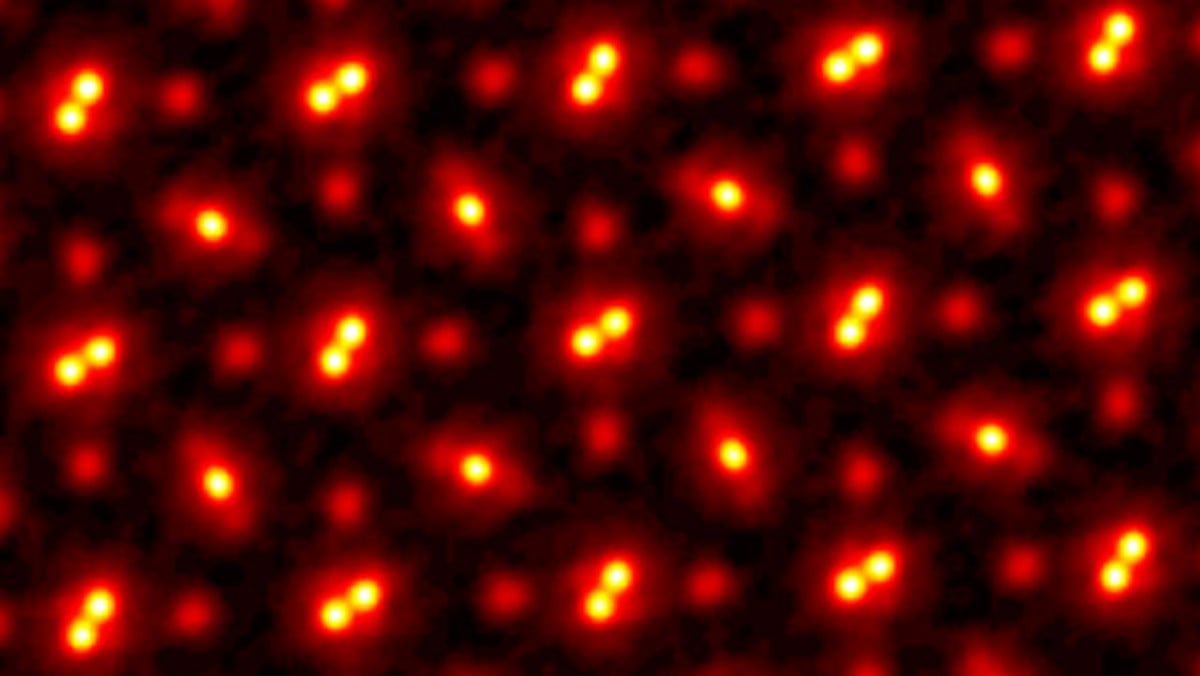Ask Science
Ask a science question, get a science answer.
Community Rules
Rule 1: Be respectful and inclusive.
Treat others with respect, and maintain a positive atmosphere.
Rule 2: No harassment, hate speech, bigotry, or trolling.
Avoid any form of harassment, hate speech, bigotry, or offensive behavior.
Rule 3: Engage in constructive discussions.
Contribute to meaningful and constructive discussions that enhance scientific understanding.
Rule 4: No AI-generated answers.
Strictly prohibit the use of AI-generated answers. Providing answers generated by AI systems is not allowed and may result in a ban.
Rule 5: Follow guidelines and moderators' instructions.
Adhere to community guidelines and comply with instructions given by moderators.
Rule 6: Use appropriate language and tone.
Communicate using suitable language and maintain a professional and respectful tone.
Rule 7: Report violations.
Report any violations of the community rules to the moderators for appropriate action.
Rule 8: Foster a continuous learning environment.
Encourage a continuous learning environment where members can share knowledge and engage in scientific discussions.
Rule 9: Source required for answers.
Provide credible sources for answers. Failure to include a source may result in the removal of the answer to ensure information reliability.
By adhering to these rules, we create a welcoming and informative environment where science-related questions receive accurate and credible answers. Thank you for your cooperation in making the Ask Science community a valuable resource for scientific knowledge.
We retain the discretion to modify the rules as we deem necessary.
view the rest of the comments

Not 100% comparable, but synchrotron XRD allows for real-imaging of solid state chemical reactions and can, in a sense, resolve the unit cell structure of the crystal. However, what you get from an XRD is nothing like this "photo-like" image, but a diffractogram. I think you could probably re-create an image like this from a 2D diffractogram though, but I'm not sure.
I could be wrong, but I think XRD requires very pure crystals of sufficiently large size. That can help you ascertain the structure and composition of something you can synthesize and crystalize, but I don't believe xrd can image specific regions of interest like single doping sites like this article talks about.
Synchrotron XRD also has a major drawback in having a very significant equipment requirement that requires being able send samples away for analysis at a dedicated facility. That puts limits on sample preparation and stability time, as well as sharing beam time with lots of other groups.
It's been a while since I've read up on synchrotron xray diffraction though, so there could be workarounds for some of those limitation or I could be misremembering details.
You're definitely correct that getting sychrotron time is hard :(
On the first part though: Yes and no. XRD will tell you about things like strain and unit cell size distribution, so in that sense, you can't resolve a single doping site. On the other hand, if you have a reaction going on, or some dopant diffusing into your sample, synchrotron XRD is powerful/fast enough that you can "film" how the crystal structure changes in real time. That "film" will be a kind of average of many sites, but can still be focused to a relatively small region (don't remember exactly how small off the top of my head, but I believe we're talking nm-scale).